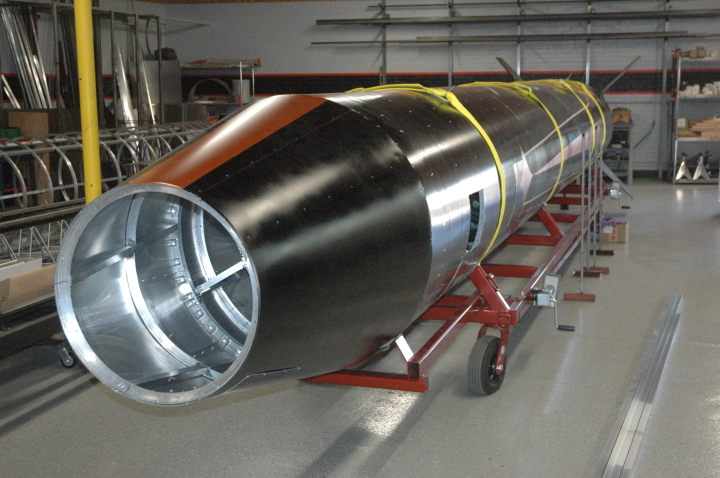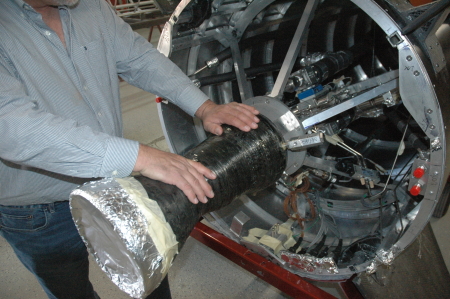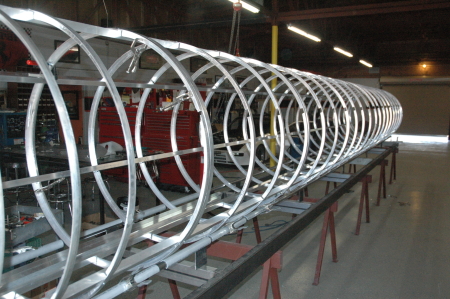SpaceX recovers fairing of upper stage of Falcon 9
The competition heats up: Even as SpaceX made history yesterday in its successful use and recovery of a used first stage, it also recovered for the first time the fairing that protected the satellite.
For the first time, SpaceX also recovered the payload fairing, the conical shaped structure on top of the rocket that surrounds and protects the spacecraft during launch. The fairing separates from the spacecraft in two sections during the launch sequence — in this case, 3 minutes and 49 seconds after launch — and usually falls into the ocean and breaks into pieces. SpaceX outfitted these two fairing sections with parachutes so they could be recovered, which apparently will become standard practice.
Musk also indicated that they are now going to begin an effort to recover the second stage. “What’s the worst that could happen? It blows up? It would anyway.”
The competition heats up: Even as SpaceX made history yesterday in its successful use and recovery of a used first stage, it also recovered for the first time the fairing that protected the satellite.
For the first time, SpaceX also recovered the payload fairing, the conical shaped structure on top of the rocket that surrounds and protects the spacecraft during launch. The fairing separates from the spacecraft in two sections during the launch sequence — in this case, 3 minutes and 49 seconds after launch — and usually falls into the ocean and breaks into pieces. SpaceX outfitted these two fairing sections with parachutes so they could be recovered, which apparently will become standard practice.
Musk also indicated that they are now going to begin an effort to recover the second stage. “What’s the worst that could happen? It blows up? It would anyway.”







